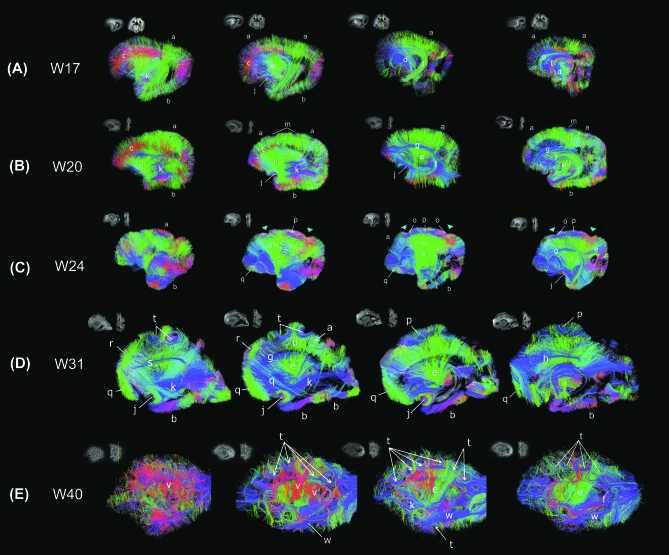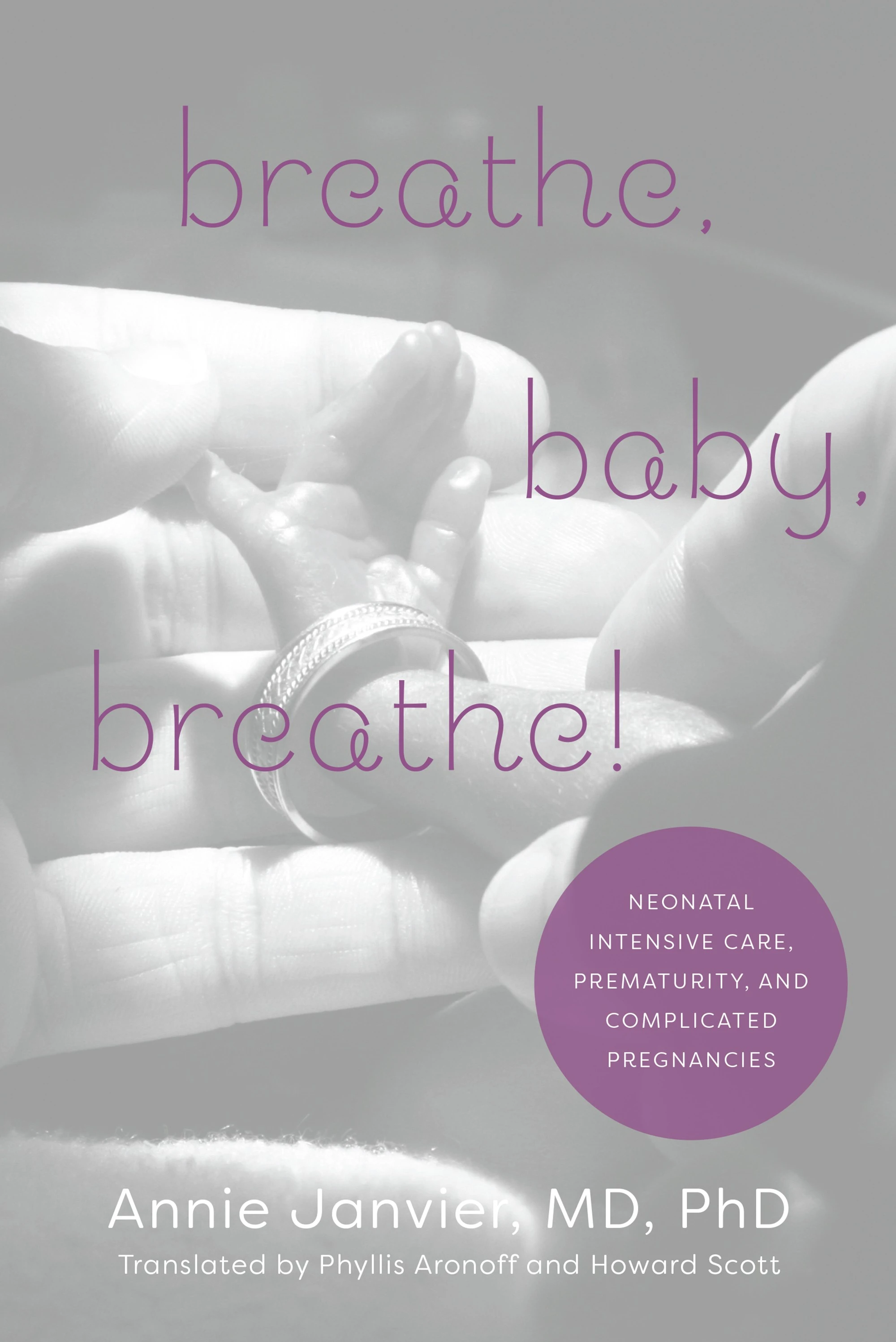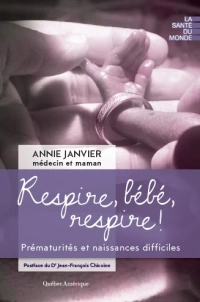In many units, including my own, dexmedetomidine (DXM) has been creeping into use. Initially, we noticed in some full term babies who returned from the operating room, the medication appeared in the anaesthesia record, then when infants returned occasionally with an infusion still in place. Eventually we have started using it ourselves for some infants where the short term profile seems to have some advantages. It is a medication that seems very interesting, with sedative, anxiolytic, sympatholytic and analgesic effects, which also seems well tolerated, with the most frequent clinically evident problem being bradycardia, usually responding to a reduction in dose. It appears that the bradycardia is usually a reflex bradycardia, baroceptor mediated, due to vasoconstriction.
One supposed advantage of DXM is that it reduces apoptosis, or at least the apoptosis induced by other anaesthetic agents. A review from 2018 (Andropoulos DB. Effect of Anesthesia on the Developing Brain: Infant and Fetus. Fetal Diagn Ther. 2018;43(1):1-11) described all the then available animal data, and showed that the apoptosis caused by isoflurane, ketamine, and propofol, seemed to be reduced by DXM.
However, one of those studies (Pancaro C, et al. Dexmedetomidine and ketamine show distinct patterns of cell degeneration and apoptosis in the developing rat neonatal brain. J Matern Fetal Neonatal Med. 2016;29(23):3827-33) showed, in contrast, increased apoptosis with DXM, and since then other studies, especially those using prolonged infusion or higher doses, have also shown increased apoptosis, although some continue to suggest protection against apoptosis caused by other agents (such as propofol).

Apoptosis is of course a vital part of normal cerebral development, so decreasing apoptosis is not necessarily a better effect than increasing it! It would be better to have a drug which had no impact on normal apoptosis or any other aspect of brain development. It is unlikely, however, that a medication that is sedative and analgesic will have no impact on the brain! Thus, I found the title of this recent article a little humorous, (Cortes-Ledesma C, et al. Dexmedetomidine affects cerebral activity in preterm infants. Arch Dis Child Fetal Neonatal Ed. 2022:fetalneonatal-2021-323411), my first response being, well of course it does, that is why it is used. But the article does have an important message, which is that we know hardly anything about this drug in the newborn, and zero in the preterm newborn. So their findings that amplitude integrated EEG activity was decreased by DXM was not too surprising, but the description of how it is impacted, with an increase in interburst intervals and a reduction in cycling, is really helpful.
More concerning, however, is the reduction in cerebral regional O2 saturation measured by NIRS, that they found, from a mean of 75% to 68%. If DXM was only affecting neuronal activity, then cerebral oxygen consumption should fall, and regional cerebral saturation should increase. This decrease implies a significant reduction in brain O2 delivery, and, as peripheral saturations stayed at 93% and haemoglobin did not change, this means that brain perfusion probably fell, most likely as a result of vasoconstriction. I mentioned at the start of the post that systemic vasoconstriction occurs with DXM, leading to reflex bradycardia, but the doses used in this study did not cause measurable systemic haemodynamic changes, non-invasively measured blood pressure and heart rate were unaffected. This implies that there is local cerebral vasoconstriction with DXM.
This drug, which is creeping into use in the NICU, without any good data regarding safety, either in full term babies or in the preterm, reminds me of several previous neonatal disasters, benzoic acid, chloramphenicol and hexachlorophene, where it took years to discover the very serious harms that they were causing.
As far as I am aware, DXM is not licensed for use in the newborn anywhere in the world, in North America at least, it is not licensed for use in children at all. The current FDA labelling states:
8.4 Pediatric Use
Safety and efficacy have not been established for Procedural or ICU Sedation in pediatric patients. One assessor-blinded trial in pediatric patients and two open label studies in neonates were conducted to assess efficacy for ICU sedation. These studies did not meet their primary efficacy endpoints and the safety data submitted were insufficient to fully characterize the safety profile of Precedex for this patient population. The use of Precedex for procedural sedation in pediatric patients has not been evaluated.
One of our current problems in sedation, and one where DXM has become frequently used, is babies with milder forms of HIE under therapeutic hypothermia. They often seem quite uncomfortable, and review articles have suggested that DXM might be a useful agent, in part because of supposed neuro-protective effects. (McPherson C, et al. Management of comfort and sedation in neonates with neonatal encephalopathy treated with therapeutic hypothermia. Semin Fetal Neonatal Med. 2021;26(4):101264) But, let’s be careful out there, one recent neonatal piglet study showed that DXM combined with therapeutic hypothermia was neurotoxic. (Ezzati M, et al. Dexmedetomidine Combined with Therapeutic Hypothermia Is Associated with Cardiovascular Instability and Neurotoxicity in a Piglet Model of Perinatal Asphyxia. Dev Neurosci. 2017;39(1-4):156-70).
We desperately need good clinical studies of DXM use in newborns, term and preterm. So I was initially excited to see a study with my new favourite acronym T-REX. The published article was, however, an uncontrolled pilot to try and determine efficacy of a particular anaesthetic approach, and only in infants over 1 month. The full T-REX trial (NCT03089905) is underway, with a sample size of 450 and eligibility criteria which include term neonates and infants, with a primary outcome of IQ at 3 years. I can’t see any registered trial on clinicaltrials.gov that really addresses the concerns that I have about potential toxicity in the newborn, the DICE trial (NCT04772222) is a controlled trial in babies being cooled for encephalopathy, with a sample size of only 50, which may be enough for their short term safety outcomes, and even though there is long term follow up planned, not enough power for anything other than enormous effects on development.
A big question for designing a study in, initially full-term babies, is what the comparison group should be. A placebo controlled trial would be tricky to do, unless you studied routine sedation in intubated newborn. A comparison with another agent might be more practicable. Is there any current alternative agent which is known to be safe in the short and long term? I think, pragmatically we would have to compare to morphine infusions, which are sedative, and widely used, and a study would only include babies for whom a decision that they require sedation has already been made. There is no evidence that supports routine use of sedation (morphine or anything else) for ventilated newborns, so a study of those for whom it is thought to be necessary would be an ethical way of studying DXM. It is possible that DXM is a big advance in neonatal care, allowing sedation and analgesia without adverse impacts, but we really need to find out, otherwise there remains a risk that in a few years we will find out that we have, yet again, been doing the wrong thing.









Important commentary. Neonatal physicians, and thus our patients, are ham strung by lack of data on most sedatives, and what data we have is scary. Yet, our patients need/deserve adequate pain management. Any adult in the ICU who goes through their “sedative holiday”, a practice that decreases VAP, will tell you that intubation and mechanical ventilation is no fun. Yet we often keep our patients intubated for weeks.
I do feel that our patients tolerate mechanical ventilation better today with patient-triggered devices, but sedation still remains as a necessity in my view.
I agree that we need to proceed with a comparison trial of various sedation strategies in the NICU.
I fully agree with you Keith. DEX use is creeping up faster than I had hoped for including in my units. I try to stop whenever I can and discourage my faculty from using it. But, the « Pain Team » consultants often recommend DEX and everybody goes along with their recommendation !!!